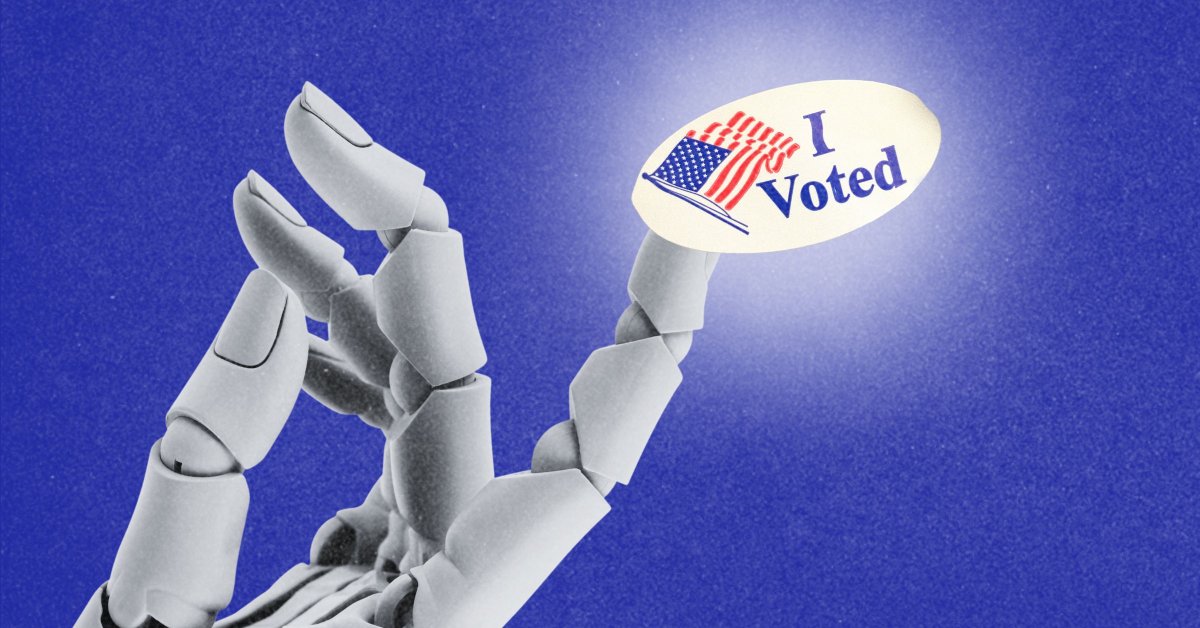Key Takeaways
- AI technology is emerging as a significant factor in the upcoming 2026 midterm elections, with political parties diverging in their approaches.
- Republicans are currently leveraging AI to enhance their campaign strategies, while Democrats are largely reactive and focused on regulation.
- The evolving landscape of AI could shape voter engagement, particularly among younger demographics, as parties seek to connect with this key group.
The Role of AI in the 2026 Midterms
As the 2026 midterm elections approach, artificial intelligence (AI) is set to play a pivotal role in political strategies. Although it’s premature to forecast outcomes, early signs suggest AI will be a major topic, especially considering its current utilization in campaign messaging and strategy.
Historically, concerns surrounding AI’s influence in elections have surfaced, but recent developments indicate a shift in focus. The Trump administration has aggressively embraced AI for online messaging, producing AI-generated memes, and utilizing executive orders to direct the development of AI technologies in a manner reflecting Republican values. This trend is emblematic of a larger realignment in the tech industry toward the Republican party.
In contrast, Democrats appear to be adopting a more cautious stance toward AI. A significant group of Congressional Democrats has voiced concerns over the Trump administration’s AI initiatives, advocating for AI to comply with existing regulations while criticizing its unchecked adoption. This reactive position showcases how one party’s actions can dictate the political dynamics regarding technology.
Despite this, there are inherent expectations tied to each party’s stance on AI. Recent congressional hearings revealed Republicans’ inclination to favor minimal regulation, whereas Democrats are advocating for consumer protection and oversight of corporate power in AI. This alignment reflects historical patterns in how each party has engaged with technology.
Democrats have the potential to pivot their messaging around AI, emphasizing progressive ideals like wealth redistribution and affordable access to essentials through Big Tech taxation. They could further deploy AI-driven tools for participatory democracy, enabling broader voter engagement. However, many political candidates still view AI primarily as a means for broadcasting their messages rather than as a tool for understanding and addressing constituent needs.
The role of AI in politics could also be influenced by public perceptions and controversies, as evidenced by a recent incident involving Swedish Prime Minister Ulf Kristersson, who faced backlash after admitting to using AI tools for policy insights.
Younger voters, particularly those who have shown a rightward shift, may shape the impact of AI in the upcoming election cycle. While public concerns about AI exist across all age groups, younger individuals tend to interact more frequently with AI and feel more at ease with its presence in their lives. This presents an opportunity for the Democratic party to engage with younger voters through AI as a topic and tool.
Ultimately, AI is no longer merely an external factor in elections; it can be an influential resource that political actors can manipulate and utilize effectively. Recognizing the challenges and potential of AI is crucial for political parties aiming to navigate the complexities of the electoral landscape.
The content above is a summary. For more details, see the source article.















